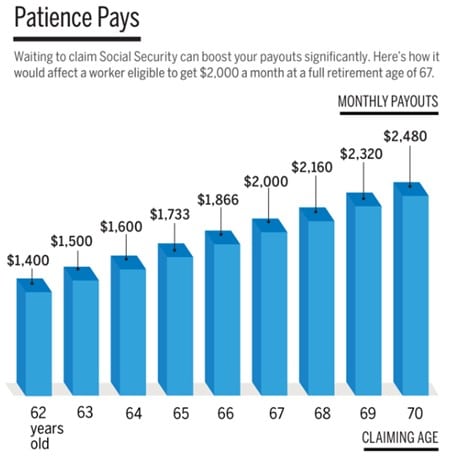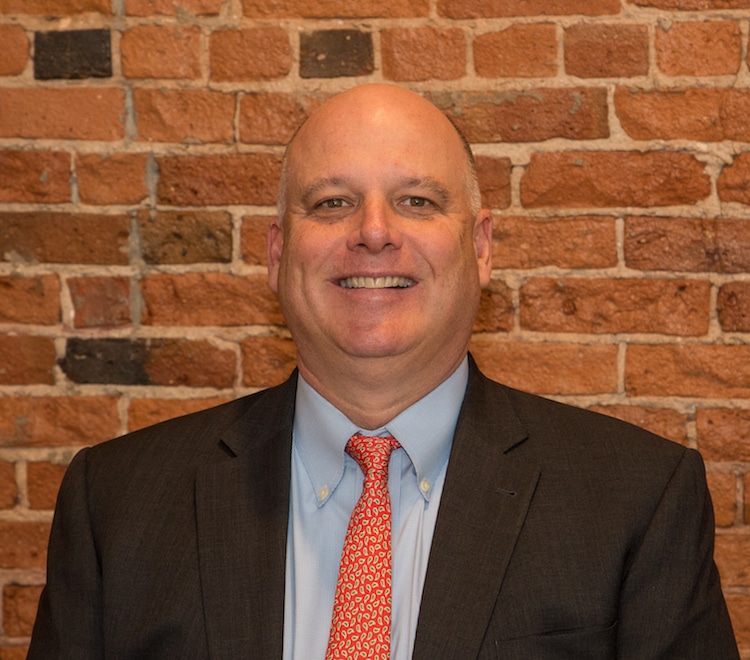
In July, I read an article from the Financial Times highlighting a BlackRock survey that suggested Americans have become more anxious about saving for retirement. The report found that:
-
- The share of US retirement savers who feel “off track” has more than doubled since 2021 to 24%.
- The share who feel “on track” has fallen 13% from a 2021 peak to 56%, the lowest level since the survey began eight years ago.
- Nearly 30% of all retirement savers now plan to work for longer because of economic conditions, according to the survey.
- The shift is notable among younger workers, with 31% saying they are “off track”.
I can understand why many people may think that building a nest egg has become more difficult. The COVID-19 pandemic was the catalyst for worldwide economic instability that is still felt today. The markets have seen volatility in recent years, and inflation is hammering Americans’ purchasing power and ability to save.
Though the media loves to cover topics of economic strife, market volatility, and inflation ad nauseum, it’s not telling the full story of how saving for retirement is completely within the grasp of most Americans.
As a financial advisor and retirement planner, I’m here to tell you: you CAN save for retirement and make a retirement plan that allows you to retire at a reasonable age and actually enjoy life after you stop working. In this article, I discuss how it can be done.
1. Leverage the right type of investment plans.
First things first: you need to be saving, even if it’s a small amount. A modest amount every month can go a long way in the long run – if you’re using the right type of retirement plan.
Most individuals have an investment plan in place to ensure they are consistently contributing to their nest egg. However, all retirement plans are not the same and it’s important to be aware of your options so you know what to expect when it comes time to draw from them.
-
- A 401k plan is a retirement savings plan sponsored by an employer. It allows for employees to save and invest a portion of their paycheck before taxes are deducted. Since the contributions are tax-deferred, they’ll need to be paid when the money is withdrawn from the account. It’s always a good idea, if you can, to boost your savings by having your employer match your maximum contribution.
- An Individual Retirement Account (IRA) is a personal savings account that allows individuals to save for retirement with tax-free growth or on a tax-deferred basis. Though tax deductible and earnings can grow without worry of tax until withdrawal, it will ultimately be taxed as ordinary income.
- A Roth-IRA is similar to a traditional IRA but contributions are made with after-tax dollars. They can grow tax free and have no exit tax or fee. The drawback is that this plan has limits for eligibility and contributions.
The way you allocate your investments can play a big factor in your investment returns. For example, if you’re in a 401k, when you take money out, you’ll need to anticipate paying tax at the time of withdrawal. On the other hand, if you had that same money invested in a Roth IRA, you’re accumulating after-tax dollars leaving no surprises down the road and a clearer vision of what to anticipate in the future.
2. Start budgeting and watching your spending patterns.
The spending choices you make throughout your working years will directly impact the lifestyle you’ll carry into your retirement. If you’re unsure of your current projection, start monitoring and documenting what you’re spending. Tools like Mint and YNAB (You Need a Budget) that connect to your bank and credit card accounts use charts to demonstrate how your spending impacts your goals.
Next, establish goals for your retirement. Consider when you want to retire, where you want to live, if you want to travel, and if you plan on working to generate extra income in your retirement years. A retirement calculator can help you determine how much you need saved to live comfortably when you’re done working.
I always remind my clients that any extra income you generate after the age of 65 can make a huge difference in how much money you’ll carry into retirement.
3. Social Security payments and retirement dates
When your time comes to collect on your Social Security benefits, there’s a few options to consider. Depending on what age you decide to stop working can come with repercussions. If you start collecting as early as age 62, it will come with a penalty, permanently reducing your benefit.
The best option for most people is to wait until your full retirement age of 67. However, if you’re able to hold off collecting until age 70, you could substantially increase the payment you receive for the rest of your life. And, if you’re in good health and choose to continue collecting an income, you could be accumulating more, dramatically improving your chances of retirement success. After age 70, there’s no incentive to wait.
In the end, this is an individualized decision that will vary based on your unique situation.
Pull from later you can maximize your savings.

Scenario for a single worker born after 1960 with an average annual salary of $60,000.
Source: Seeking Alpha
At Winthrop Partners we recognize that many people have questions about retirement planning and need more than bean counting when it comes to their finances. As a fee-only fiduciary, we take pride in helping individuals and families with their wealth management needs. Whether you need help with retirement planning, investment management, or tax planning, we’re here to help you create a plan that works for you.
To learn more about how Winthrop Partners can help you manage your retirement plan, contact us today for a free consultation.
Disclosures:
The views, opinions, and content presented are for informational purposes only. They are not intended to reflect a current or past recommendation; investment, legal, tax, or accounting advice of any kind; or a solicitation of an offer to buy or sell any securities or investment services. Nothing presented should be considered to be an offer to provide any product or service in any jurisdiction that would be unlawful under the securities laws of that jurisdiction. All investments involve risk, including the possible loss of some or all of the principal amount invested. Past performance of a security or financial product does not guarantee future results. Investors should consider their investment objectives, risks, and risk tolerances carefully before investing. The Firm has made every attempt to ensure the accuracy and reliability of the information provided, but it cannot be guaranteed. Hyperlinks to third-party websites contain information that may be of interest or use to you. Third-party website, research, and tools are from sources deemed reliable. The Firm does not guarantee the accuracy or completeness of the information and makes no assurances with respect to results obtained from their use.

Thomas Saunders is the Managing Partner of Winthrop Partners. Prior to founding Winthrop Partners, Tom was Senior Vice President at what is now JP Morgan. His career includes senior and executive roles at Brown Brothers Harriman and First Niagara Bank, a top 25 Bank. Click here to contact Thomas Saunders about your investment and planning requirements.
